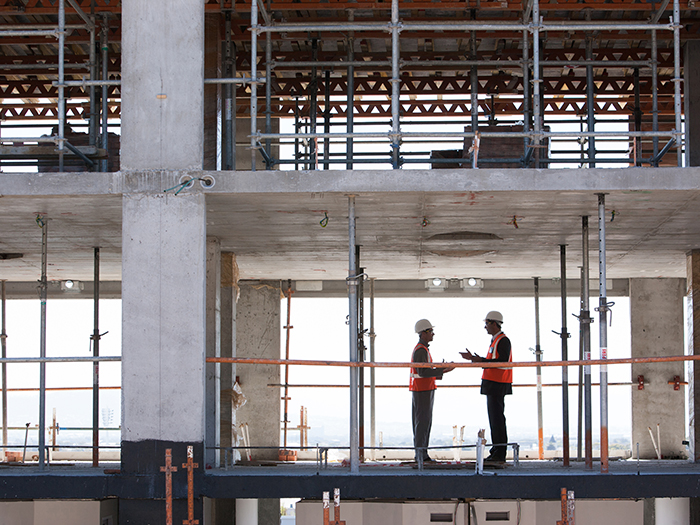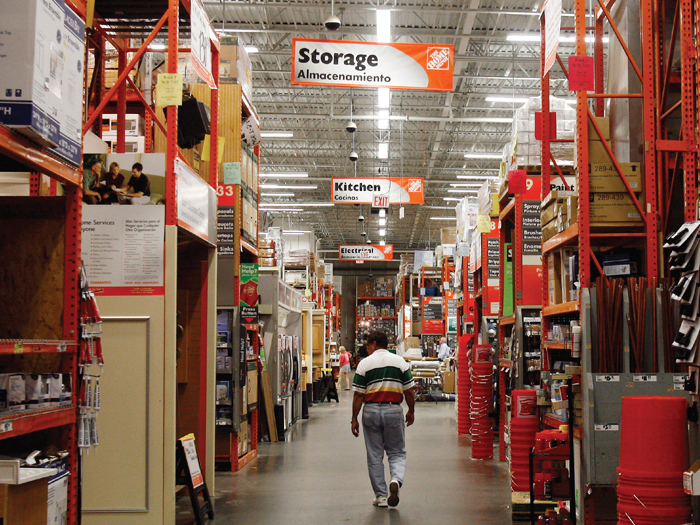Construction Market Faces Widening Gap Between Primary and Excess Casualty Pricing

The construction insurance market presents a tale of two segments midway through 2025, with excess liability underwriters pursuing rate increases between 7% and 15% — spiking above 20% for distressed risks — while primary liability coverage maintains stability with flat to single-digit increases, according to a midyear market report by Amwins.
The construction casualty landscape has become increasingly fragmented, with outcomes driven more by local conditions and project types than overarching national trends, the wholesale broker reported. Commercial construction continues to attract favorable terms from casualty underwriters, particularly for well-managed accounts, while built-to-rent residential communities in Sun Belt states like Texas, Georgia, Florida and the Carolinas have emerged as a preferred class of business, the report noted.
These developments offer insurers what the analysis describes as “portfolio-style underwriting opportunities with predictable exposures and scalable risk.”
However, certain construction sectors face continued headwinds, including for-sale residential construction in “construction defect states,” such as Florida, California and Colorado, and auto-heavy civil construction projects, which encounter limited appetite and steep pricing, Amwins said.
Primary casualty layers benefit from consistent capacity and manageable pricing pressure, with strong competition leading to multiple interested carrier partners for most construction placement efforts, the report said. In contrast, excess markets are pulling back on limits, tightening per-project aggregates and maintaining firm stances on exclusions, Amwins said. The report noted that negotiation opportunities exist for creative program structures and clear risk mitigation strategies.
Auto Liability and Legal Pressures Intensify Market Challenges
Fleet exposure in construction has become a major concern across key markets, with even modest auto schedules drawing significant scrutiny from underwriters, according to Amwins. The challenge extends beyond traditional high-risk states, as litigation hotspots expand to include smaller venues like Cook County, Illinois, where escalating verdicts and litigation trends are raising concerns among liability insurers.
“The industry is moving beyond the term ‘social inflation’ to recognize a broader, more organized effort, often backed by third-party litigation funding,” the report said. “This funding has transformed what might once have been considered straightforward claims into high-stakes jury trials and has become especially prevalent in injury cases, where sympathetic juries and anti-corporate narratives fuel inflated awards.”
In Texas, the Stowers doctrine adds another layer of complexity, according to the report, which explains that in Texas failure to settle within policy limits can expose higher coverage layers to claims.
This risk dynamic influences liability coverage tower design, defense strategy and carrier willingness to participate in high-risk excess placements, the report said. Amwins also said that facultative reinsurance placement has become increasingly difficult in construction, particularly for fleet-heavy accounts.
Strategic Adaptations Required for Evolving Market Dynamics
The shift toward more disciplined capacity management has made alternative structures increasingly important, Amwins said. Carriers that previously deployed $15 million to $25 million per program are now reducing limits, while new market entrants since 2019 — many entering through managing general agent and managing general underwriter structures — focus primarily on higher attachment points of $5 million or $10 million, the report said.
Creative program structures have become essential, with quota shares, bifurcated towers and captive layers employed to manage coverage costs and ensure adequate coverage. These approaches can improve placement options and increase participation from facultative markets while making capacity replacement easier when needed.
Technology adoption, while gradual in the traditionally conservative construction industry, shows promise in key risk management areas, Amwins said. Telematics has emerged as the most widely adopted tool for fleet management, supporting safer driving behaviors and more accurate underwriting. Other tech innovations like automated site mapping, hazard tracking and certificate monitoring are gaining traction among complex construction accounts.
View the full report here. &










